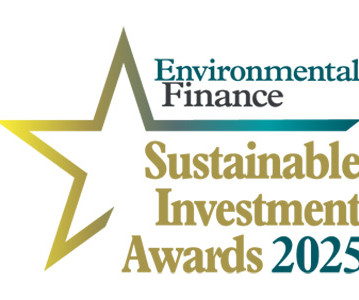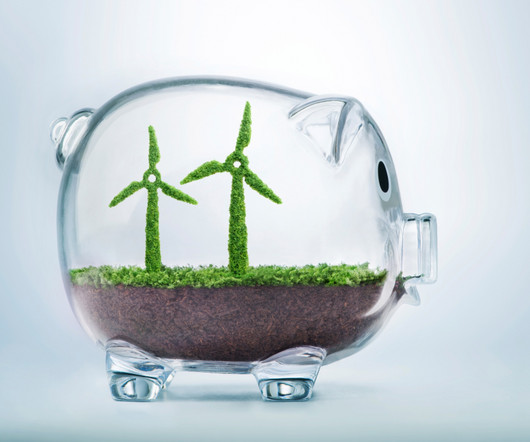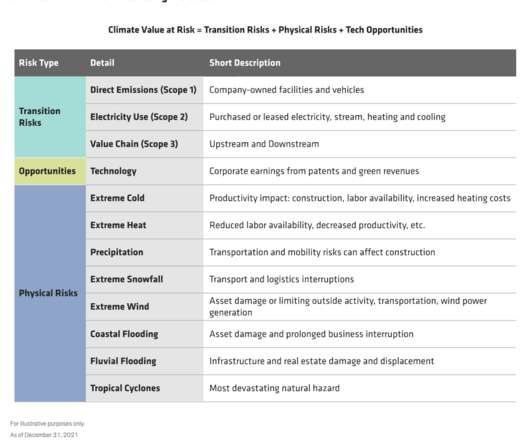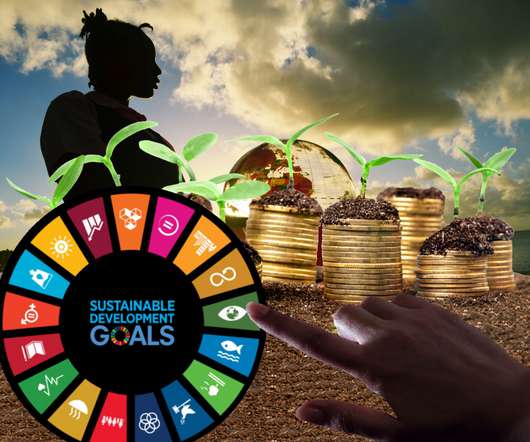Winners of Environmental Finance's Sustainable Investment Awards 2025 revealed
Environmental Finance
JUNE 26, 2025
This years awards honour investors and other players in the market who have been leaders in the field of sustainable finance. The winners were selected across more than 60 categories by a panel of independent judges made up of industry experts.












































Let's personalize your content